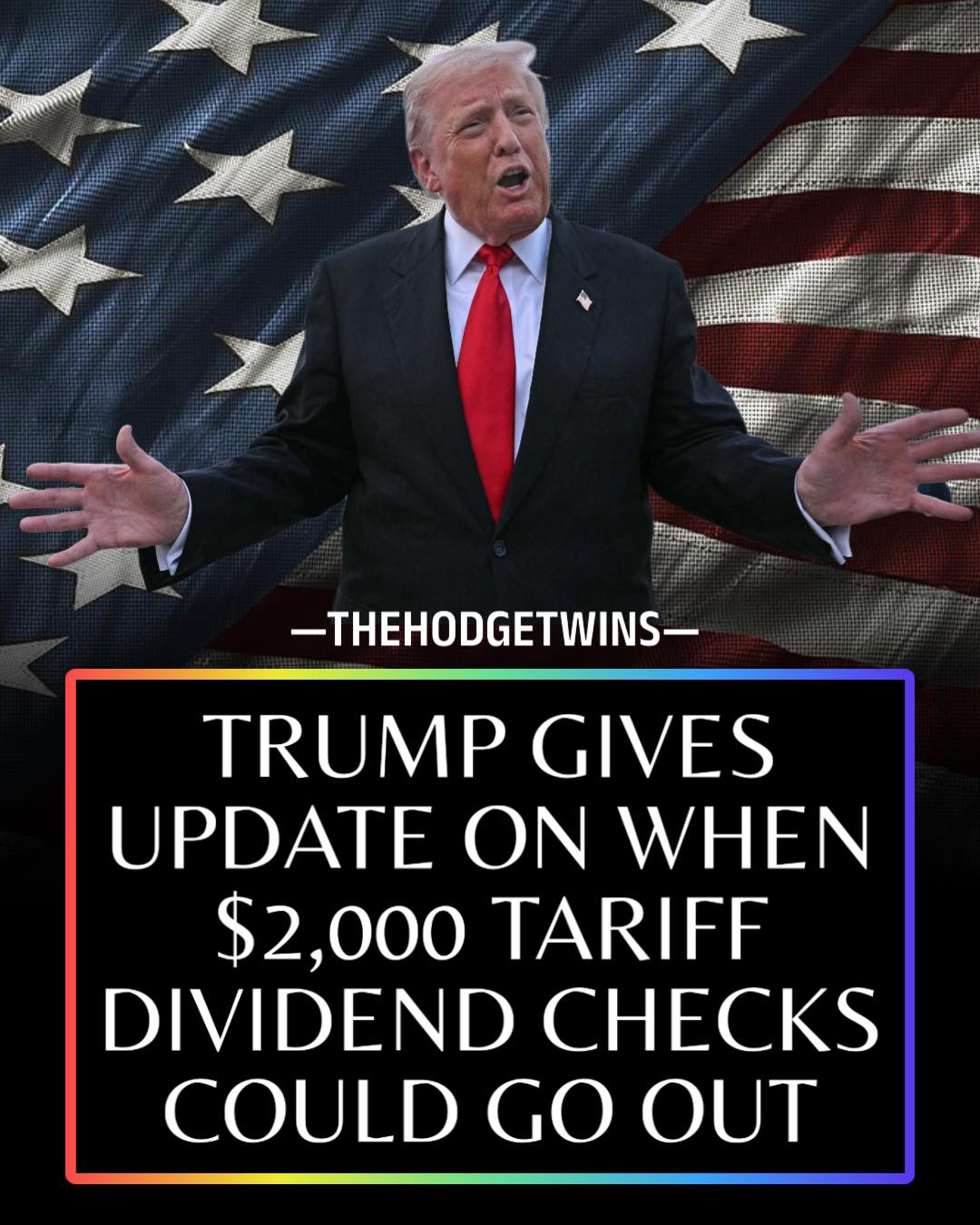WASHINGTON — President Donald Trump has confirmed that his long-promised $2,000 “tariff dividend” checks are coming — just not anytime soon. After weeks of speculation, the president clarified on Friday that Americans should not expect the payments to land during the 2025 holiday season. Instead, the administration is aiming for sometime in 2026, pushing the rollout beyond the shopping rush and directly into a volatile midterm election year.
Trump has pitched the checks as a bold “America First” reward to citizens, funded entirely by tariff revenue rather than traditional federal spending. In theory, the program would redirect money collected from duties — especially those hitting China — and funnel it straight into Americans’ pockets. “A dividend of at
But beyond the headline number, the plan remains deeply unfinished.
A Big Promise With Big Obstacles
Behind the scenes, officials within the Treasury Department have quietly acknowledged that the proposal cannot move forward without congressional approval — a tall order in a sharply divided legislature. Treasury Secretary Scott Bessent has openly stated that the payments will require new legislation, not just executive authority.
Complicating matters further, the Supreme Court is currently reviewing the administration’s use of emergency powers to impose many of the tariffs that would fund the program. A ruling against Trump could wipe out or sharply reduce the revenue stream intended to pay for the dividends. The president himself warned this month that overturning his tariff authority would lead to an “economic disaster.”
Who Would Actually Get the Money?
Even as the White House promotes the plan, key details remain missing:
- No finalized income-eligibility threshold
- No confirmed format (direct checks vs. tax credits)
- No set payment schedule
The only clear revision came Friday: the checks will not be sent in 2025.
The Economics Behind the Promise
While the administration insists tariff revenue can support the program, independent analysts have flagged serious feasibility concerns. Providing $2,000 to the majority of U.S. households would cost hundreds of billions of dollars, while current tariff revenue falls far short of that figure. For critics, that math transforms the proposal from economic policy into political marketing.
A 2026 Showdown
Delaying the program sets up a dramatic test for the administration:
Can Trump turn a high-visibility promise into a functioning national dividend — or will it become another stalled populist ambition?
For now, Americans are left with the same question they started with:
Is the $2,000 check truly coming… or is it just campaign-season smoke?
